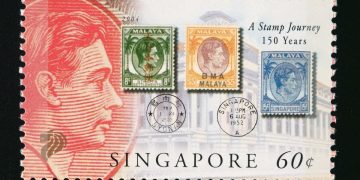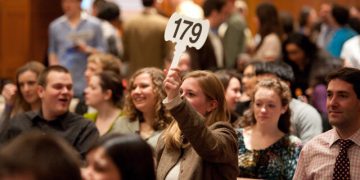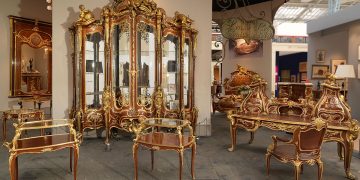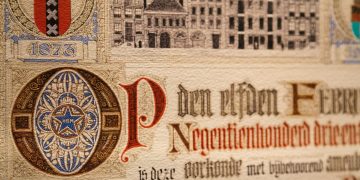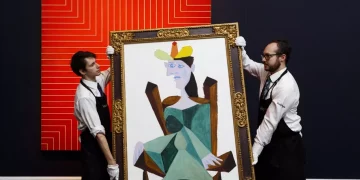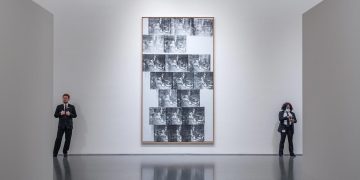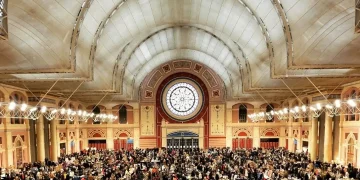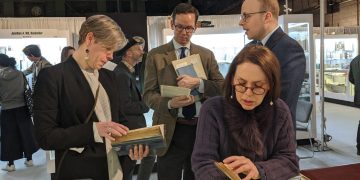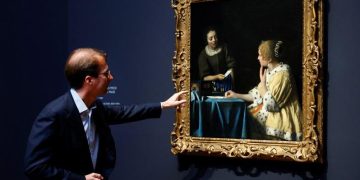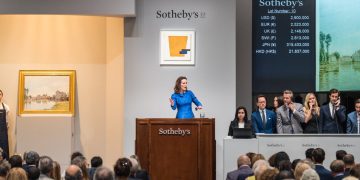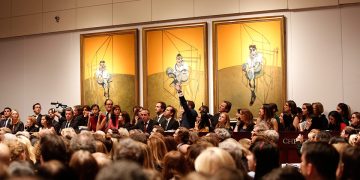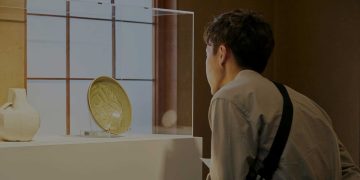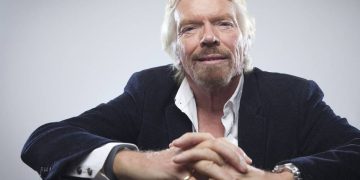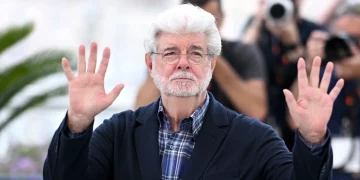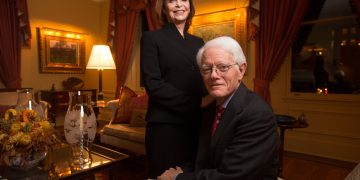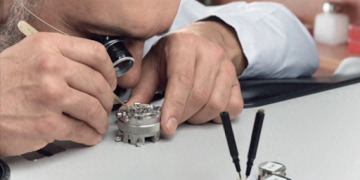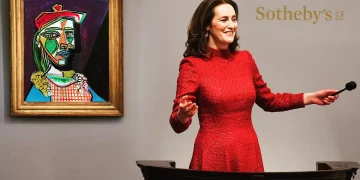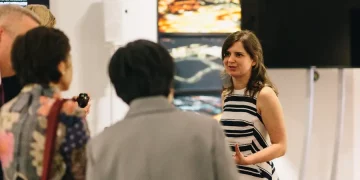In today’s ever-evolving world of collecting, a notable trend has emerged: an increasing number of professional collectors are gravitating toward “low-key yet high-end” events. These gatherings, often operating under the radar of mainstream auction houses and blockbuster fairs, provide an exclusive atmosphere where quality, discretion, and expertise take precedence over spectacle and mass attendance.
This article explores why these refined, understated events have become magnets for serious collectors, detailing the benefits that drive this shift and analyzing the evolving dynamics of the high-end collecting market.
1. Privacy and Discretion in a Transparent Market
One of the primary reasons collectors seek out low-key, high-end events is privacy. In an age where high-profile auctions and public sales are extensively covered by media and social platforms, many professional collectors prefer to avoid the spotlight.
These smaller, invitation-only events allow them to conduct transactions discreetly, away from the glare of public scrutiny. Confidentiality is critical for those who wish to protect their acquisitions, negotiate without pressure, or maintain anonymity for strategic reasons.
This discretion extends beyond buyers: sellers and dealers also value the confidential environment for negotiating delicate provenance issues or handling sensitive works.
2. Superior Quality Over Quantity
Large auctions and major fairs often feature vast numbers of lots, mixing extraordinary masterpieces with less significant works. In contrast, these low-key events meticulously curate their offerings, focusing exclusively on top-tier, museum-quality pieces.
For professional collectors whose priority is quality and provenance, such events eliminate the noise and distraction of mass-market sales. Each lot is handpicked by expert curators or trusted dealers, ensuring the highest standards.
This concentration of excellence attracts discerning buyers who seek to invest in pieces with lasting cultural and financial value, rather than chasing trends or speculative purchases.
3. Closer Relationships with Dealers and Experts
Smaller, exclusive events foster an intimate environment conducive to relationship-building. Collectors enjoy direct access to dealers, scholars, and conservators without the hectic pace or crowds typical of large fairs.
These personal interactions build trust and allow for nuanced discussions about condition, provenance, and valuation. Dealers can tailor offerings to individual collector preferences, often presenting off-market or unpublished works.
The long-term relationships developed in these settings lead to privileged access, early notifications, and bespoke services, benefiting collectors well beyond the event itself.
4. Less Competition, Better Negotiation Opportunities
The smaller scale and selective attendance at these events mean fewer bidders competing for the same object. This reduction in competitive pressure often leads to more reasonable pricing and increased opportunity for negotiation.
Professional collectors appreciate the chance to negotiate privately, sometimes securing works at prices below what a public auction might command. The absence of bidding wars also reduces the risk of overpaying or emotional impulse buying.
Negotiations conducted face-to-face and in a low-pressure environment often result in more transparent and mutually beneficial deals.
5. Exclusive Access to Hidden Gems
Many of these discreet events showcase objects that never make it to large auctions or widely advertised fairs. These can be newly discovered items, works from private estates, or pieces with complex provenance issues that require sensitive handling.
By participating in these specialized gatherings, collectors access a reservoir of rare and unique works unavailable elsewhere. This exclusivity enhances the appeal of such events as sources for truly distinctive acquisitions.
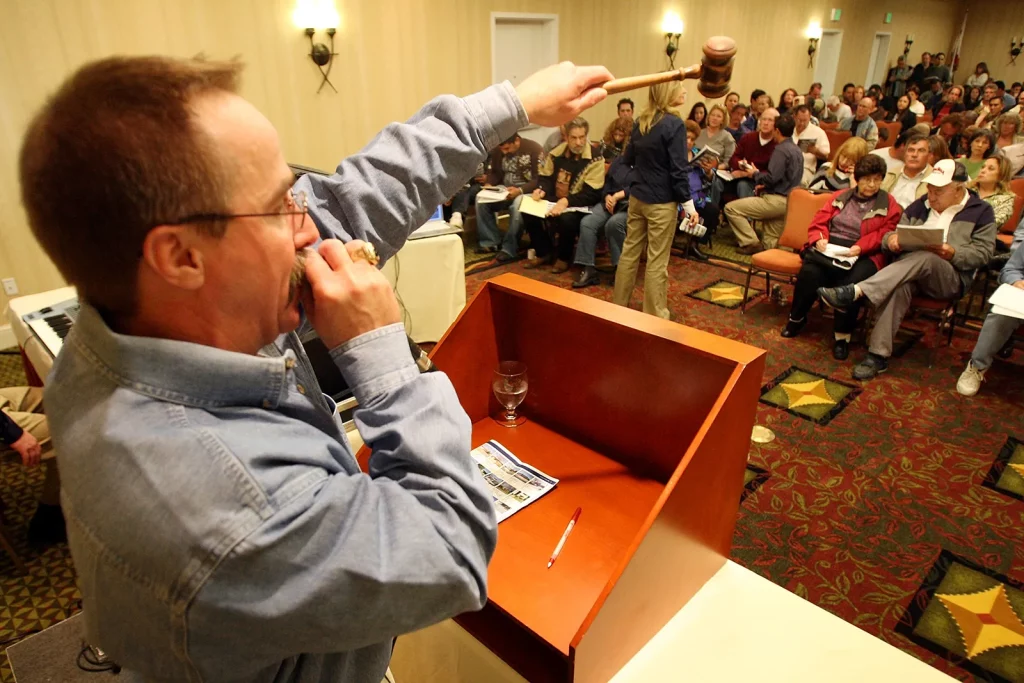
6. Tailored Experiences and Specialized Knowledge
Low-key high-end events often accompany sales with tailored experiences such as private viewings, in-depth catalog essays, and expert-led seminars. This educational component deepens collectors’ understanding and appreciation of the works on offer.
The specialized knowledge shared during these events equips collectors with the tools needed to make informed decisions and spot undervalued or overlooked categories.
Additionally, these events often focus on niche markets or emerging fields, providing a platform for sophisticated collectors to expand or refine their collecting scope.
7. Global Networking in a Controlled Environment
While smaller in scale, these events attract a global audience of serious collectors, museum curators, and art advisors. The controlled environment fosters high-quality networking, allowing participants to connect with peers who share similar collecting philosophies.
Such interactions can lead to collaborative purchases, shared research initiatives, or invitations to exclusive cultural programs. The quality of connections often outweighs the quantity found in larger, more commercial fairs.
8. Reduced Transactional Costs and Streamlined Processes
Operating on a smaller scale often means lower overheads for organizers, which can translate into reduced buyer’s premiums and more transparent fee structures. For professional collectors managing significant portfolios, cost efficiency is a key consideration.
Moreover, the streamlined nature of these events facilitates faster due diligence, more straightforward logistics, and personalized after-sale services such as condition reporting, packing, and shipping.
These efficiencies enhance the overall experience, allowing collectors to focus on strategic acquisitions without administrative burdens.
9. Alignment with Ethical Collecting and Provenance Standards
As provenance scrutiny and ethical concerns become more prominent in the collecting world, these low-key events often pride themselves on rigorous vetting processes and transparent documentation.
Professional collectors attracted to responsible collecting value these high standards, knowing their acquisitions are less likely to be subject to legal or reputational risks.
The intimate scale allows for detailed provenance research and open discussion of any complexities, which is harder to achieve in large, fast-moving auctions.
10. Enhanced Cultural and Intellectual Engagement
Beyond commercial transactions, these events foster cultural dialogue and intellectual exchange. Curated exhibitions, expert talks, and private tours create a stimulating environment where collectors deepen their connection to the art and artifacts they pursue.
This enrichment enhances the collecting experience, transforming it from a mere acquisition exercise into a lifelong passion and contribution to cultural heritage.
Conclusion
The rising preference among professional collectors for “low-key yet high-end” events reflects a sophisticated understanding of what modern collecting demands: privacy, quality, expertise, and meaningful engagement. These gatherings provide a refined alternative to the spectacle and unpredictability of mass auctions and large fairs.
By offering a confidential setting, exceptional objects, personalized service, and intellectual enrichment, these events have become indispensable arenas for serious collectors seeking to build distinguished, responsibly curated collections.
As the collecting world continues to evolve, the allure of these understated yet prestigious occasions will likely grow, reshaping how cultural capital is acquired and appreciated.

